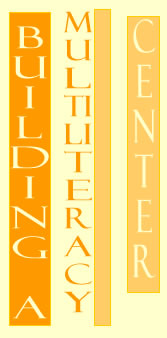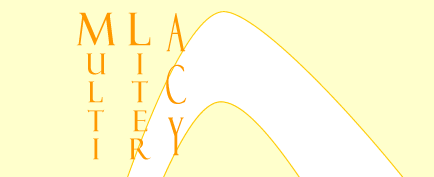

KHM:
Can you provide us with an example of a website that effectively represents
a community group and what it values?
DS: Yes, one that I refer to a lot is specifically an organization called the Grandmont Rosedale Development Corporation. Grandmont and Rosedale are neighborhoods in northwest Detroit. And this group has a nice website that has pictures of houses, of people in the neighborhood, of parks. You look at those pictures and you can see immediately that these neighborhoods are places where people are living meaningful lives -- lives that are satisfying and that provide them happiness. Again, that seems like such an obvious thing, but if you only pay attention to the corporate media depictions of the city of Detroit, you might come away thinking that there really are no houses with neatly cut lawns in Detroit and with trees in front of them. Or, there are no parks where you'd want to take your kids in Detroit. You'd come away with this really lop-sided impression of the city. So if it weren't for a neighborhood group saying, "Hey, look, we have these pleasant things and we're striving to create more of this," then that story wouldn't be told. At least, not told with the kind of visibility that it deserves.
A neighborhood group, like Grandmont Rosedale Development Corporation, doesn't necessarily have the resources that it would have taken only a few years ago to create and distribute a documentary film or even a thirty-second public service announcement that would be shown on TV. But, in recent years, because of the way that the world wide web has developed, because the price of the personal computer relative to the capacity of the personal computer has come way down, because digital video is now so cheap and so easy to produce, a group like this can put together a rhetorically effective website that is fully multimodal, that can harness the power of visual as well as written communication. And, it can distribute this to a potential audience of millions -- people who use the web. Whereas before, even if you could create a public service announcement, say a thirty-second TV spot, you'd have to pay every time you wanted to put that on TV. So, if you wanted that on network TV during primetime, you're talking about tons of money for one showing. And, that's it! On a website, you leave it there and it's available all the time, and you continue to revise it and build on it. It's a much more effective way of reaching an audience when resources are limited.
What I envision is the academy really nurturing the kind of skill sets that it takes to communicate effectively in a digital environment and in using the web. What I envision (although it makes me blush with the sort of utopian ring that it brings with it) is that what it would mean to be educated in the twenty-first century would be, in part, to be able to communicate effectively using digital technologies. And that that, in turn, would mean that marginalized groups and community groups would use multimodal digital rhetoric to effectively represent their own images and needs and effectively advocate for the kind of social structures that they believe appropriate for a culture to adopt.